Beliefs shape our world, and throughout history, humans have held on to some pretty bizarre and downright terrifying ideas. Many of these old-school beliefs have no place in our modern society and should be left where they belong: in the past. These are 17 of the most frightening outdated beliefs that we’d be better off forgetting.
Witches and Witch Hunts

According to Britannica, “irrational fear and a persecuting mentality led to the emergence of the witch hunts.” The idea that certain individuals, often women, possessed magical powers and made pacts with the devil led to horrific consequences. These hunts, most famously during the Salem witch trials, saw countless innocent people tortured and executed.
Bloodletting as a Cure-All
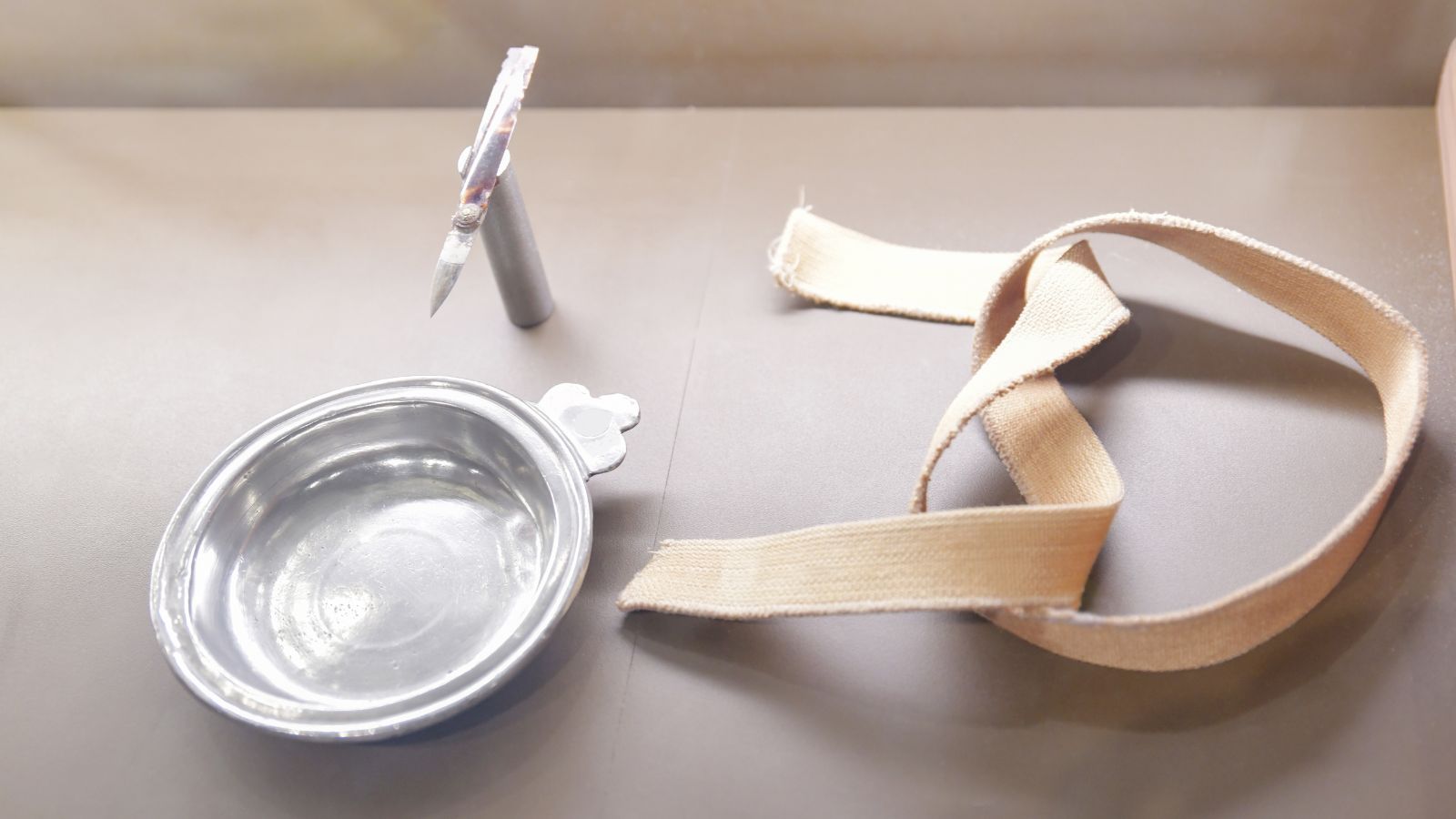
In medieval medicine, bloodletting was believed to cure almost any ailment. Physicians would drain a patient’s blood to balance the body’s ‘humours,’ often weakening the patient further or causing death. This practice persisted for centuries despite its ineffectiveness.
Women as Property
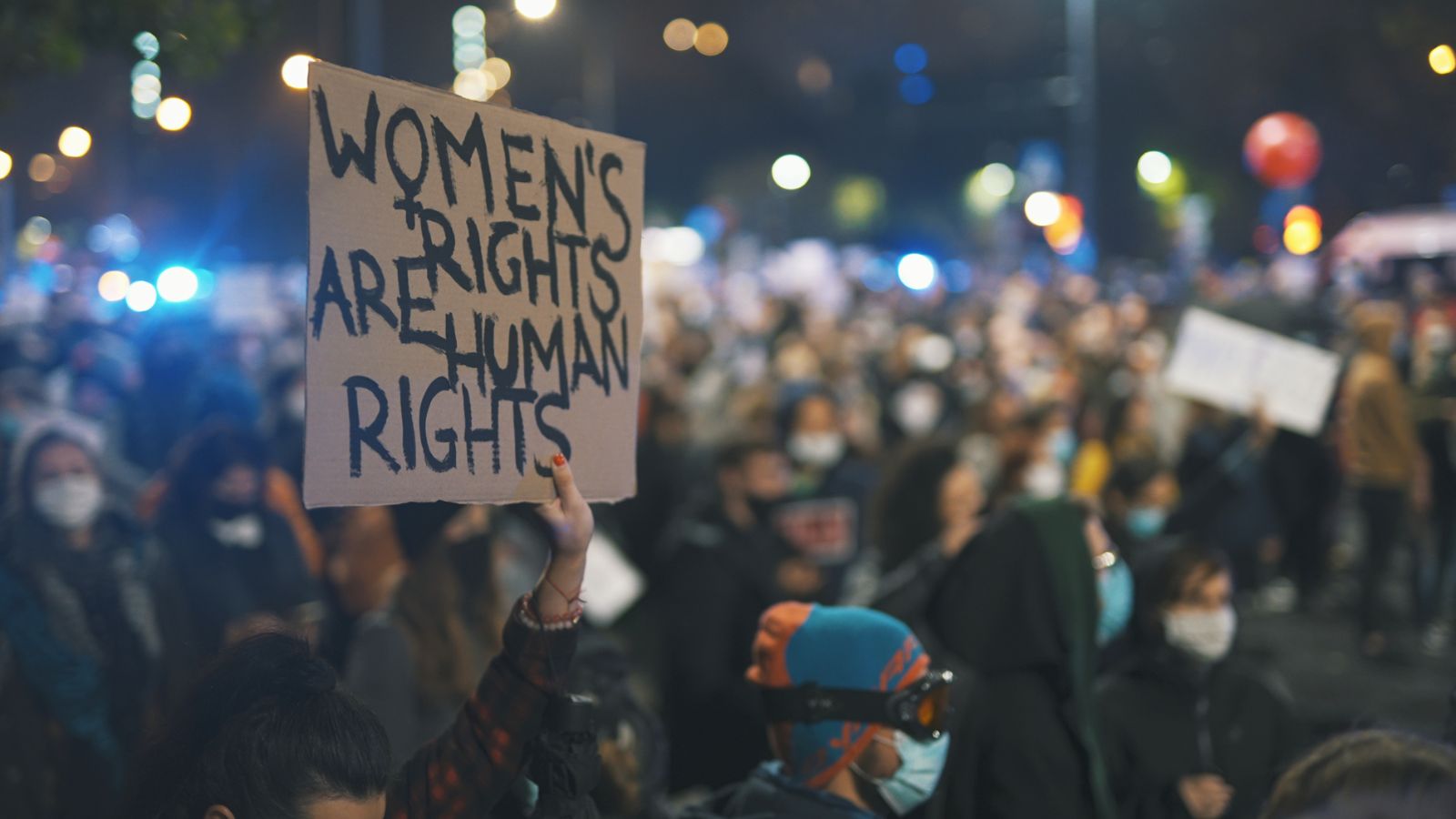
For centuries, women were regarded as the property of their fathers or husbands, with no legal rights or personal autonomy. This belief confined women to the home and denied them education and independence. It’s a chilling reminder of how deeply ingrained gender inequality was and why it’s crucial to continue fighting for women’s rights.
The Divine Right of Kings

The belief that kings were chosen by God and thus infallible justified absolute monarchies and tyrannical rule. This allowed rulers to oppress and exploit their subjects without question, leading to widespread suffering and injustice. The divine right of kings is a stark example of how dangerous unquestioned authority can be.
Phrenology
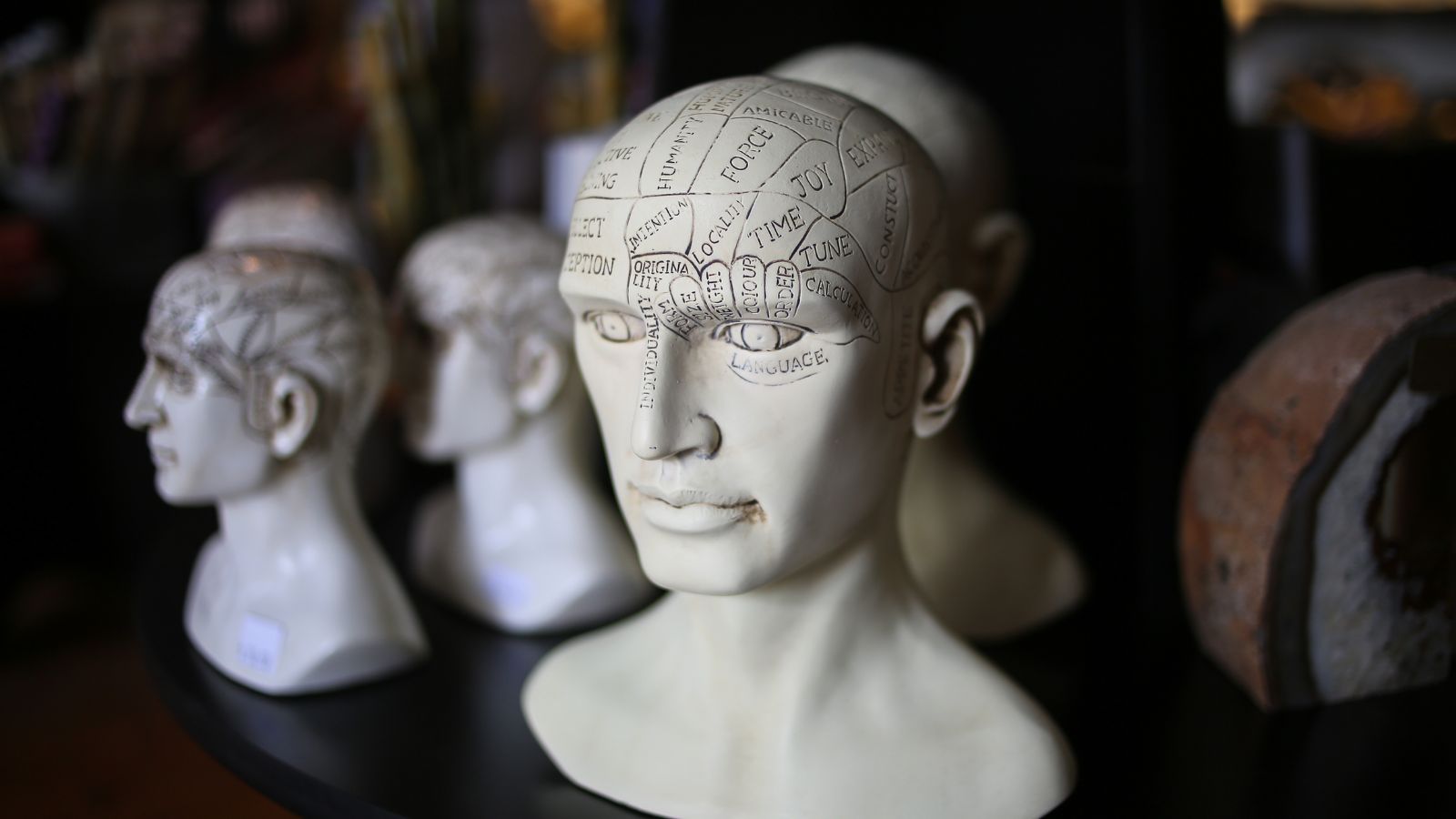
Phrenology was the pseudoscience of studying the shape and size of the skull to determine a person’s character and mental abilities. This belief led to discriminatory practices and reinforced racial and class stereotypes. At the same time, phrenology’s baseless conclusions caused lasting harm—a reminder to us to be wary of pseudosciences that claim to define human worth.
Child Labour

In the not-so-distant past, it was widely accepted for children to work long hours in dangerous conditions. Child labour deprives children of education and a proper childhood, often resulting in severe injuries or death. This belief in exploiting the young for economic gain is one of the most heart-wrenching aspects of industrial history.
Human Sacrifice

Many ancient cultures believed that offering human lives to their gods would ensure good harvests, victory in battle, or other favours. These brutal rituals often involved the violent deaths of slaves, prisoners, or even community members and are a chilling reminder of how fear and superstition can lead to inhumane practices.
Segregation and Racial Superiority
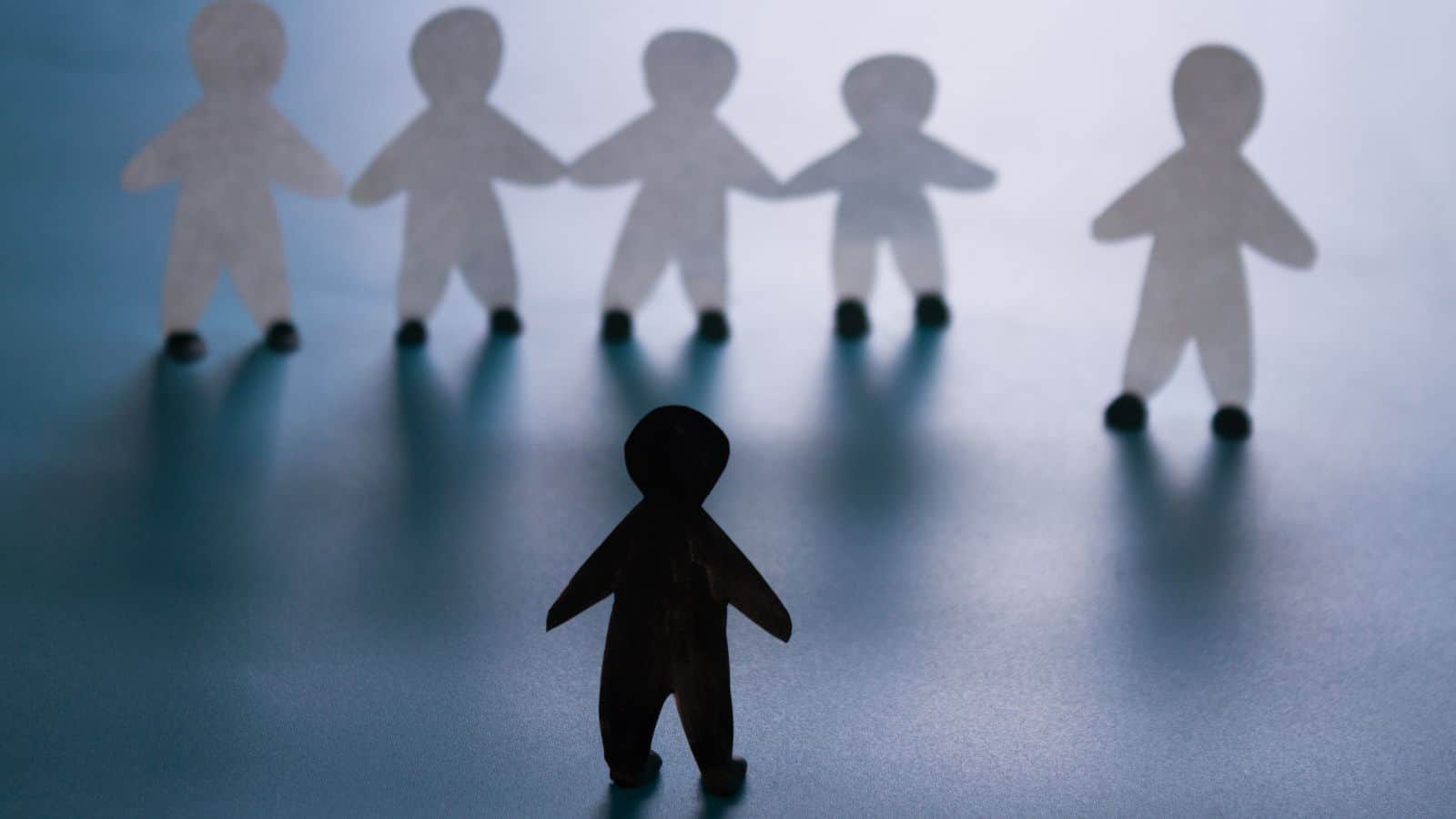
The belief in the inherent superiority of one race over another led to segregation, slavery, and countless atrocities. This racist ideology justified discrimination, violence, and systemic injustice. It’s a stark wakeup call of the horrors that can result from believing in racial hierarchies.
The Earth as the Centre of the Universe

For centuries, it was believed that the Earth was the centre of the universe, with all celestial bodies revolving around it. Religious and political authorities upheld this geocentric view. Anyone challenging it faced severe punishment, and this belief stifled scientific progress.
The Cursed Left-Handed

Being left-handed was once considered a sign of evil or bad luck. Left-handed people were forced to use their right hands, often through cruel and painful methods. This so-called sinister nature of left-handedness caused unnecessary suffering and discrimination.
Flat Earth Theory

The belief that the Earth is flat has persisted for centuries despite overwhelming evidence to the contrary. The flat Earth theory, which dismisses scientific understanding, continues to surface occasionally, reminding us of the importance of education and critical thinking in combating misinformation.
Miasma Theory of Disease

Before the germ theory of disease, it was widely believed that illnesses were caused by ‘miasma’ or bad air. This belief led to ineffective public health measures and delayed the adoption of practices like sanitation and vaccination. The miasma theory is a prime example of how mistaken beliefs about science can endanger lives.
The Four Humours
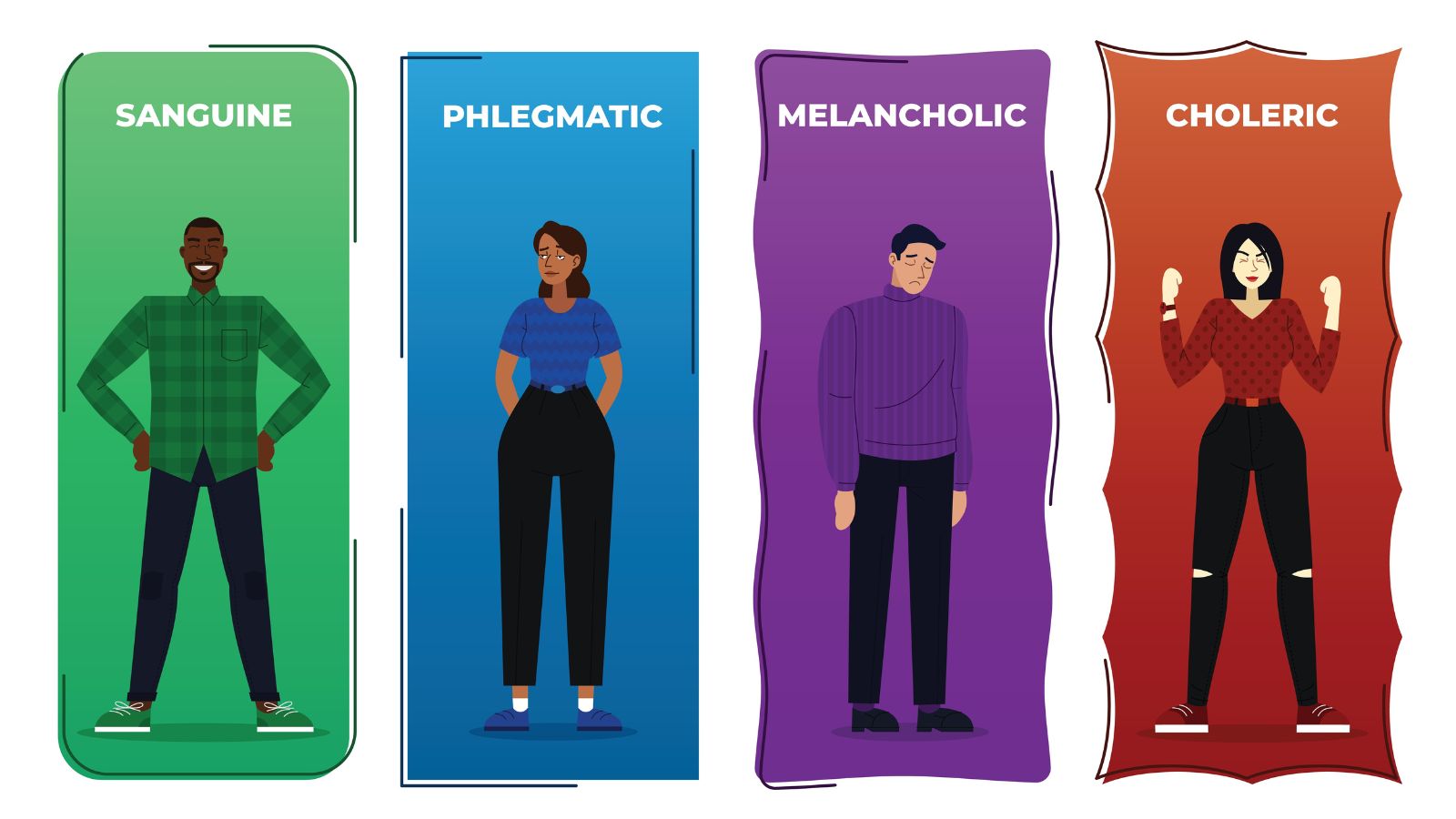
It was once thought that the human body was governed by four humours—blood, phlegm, black bile, and yellow bile—a belief that dominated medical thinking for centuries. This theory led to bizarre and harmful treatments aimed at trying to balance these humours.
The Superiority of Noble Blood

The consideration that noble or royal blood was inherently superior to that of commoners led to rigid class structures and immense social inequality. This notion justified the oppression and exploitation of lower classes, perpetuating a system where a person’s birth determined their fate.
Trepanation
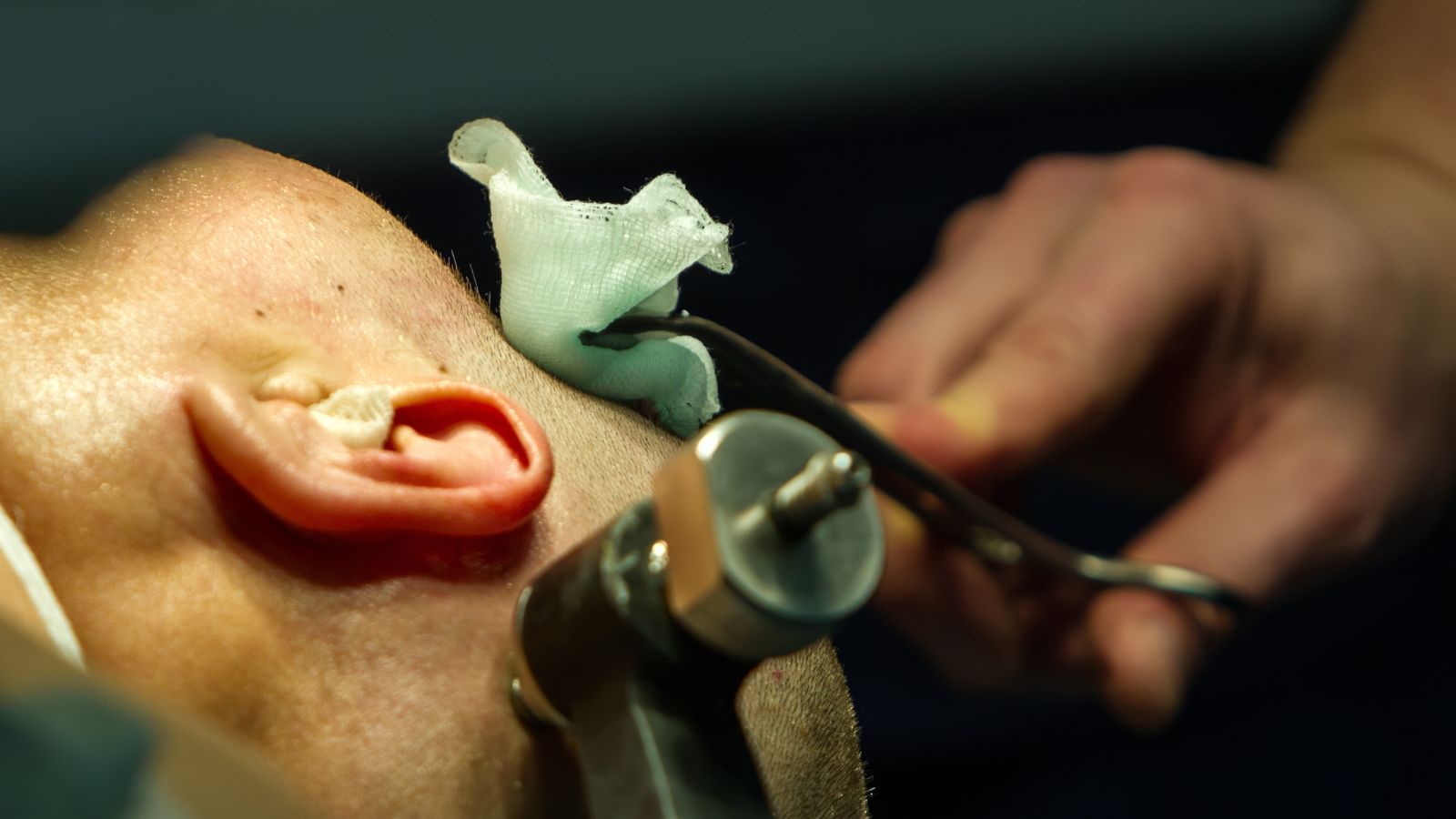
Trepanation, the practice of drilling holes into the skull, was believed to cure various ailments, from headaches to mental disorders. Often performed without anaesthesia, this gruesome procedure caused significant harm and suffering. It highlights the perils of early medical practices and the importance of advancements in medical science.
The Ducking Stool
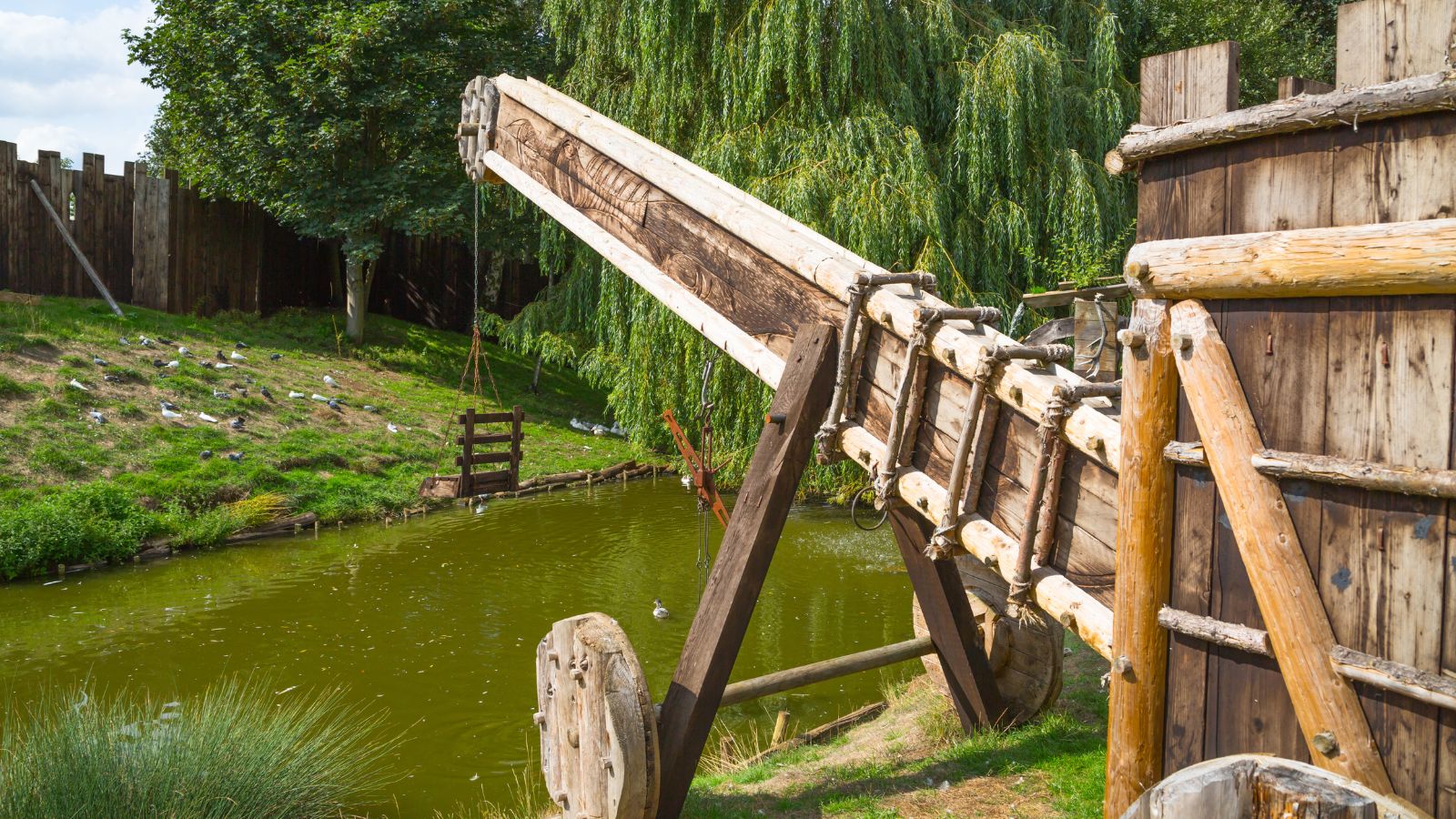
In medieval Europe, the ducking stool was used to punish and test women accused of witchcraft. The accused would be strapped to a chair and submerged in water; if they floated, they were deemed witches, and if they sank, they were innocent. This brutal and absurd method of ‘justice’ illustrates the extreme lengths people once went to due to fear.
Eugenics

Lastly, the belief in eugenics—the idea that the human race could be improved by selective breeding—led to horrific practices, including forced sterilisations and genocide. Eugenics was based on the flawed notion of ‘genetic purity’ and caused immeasurable suffering and loss of life. It’s a grim reminder of the dangers of playing god with human genetics.







